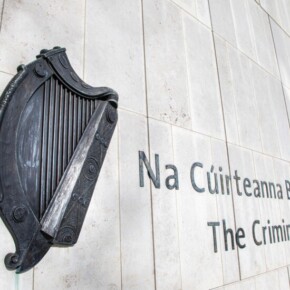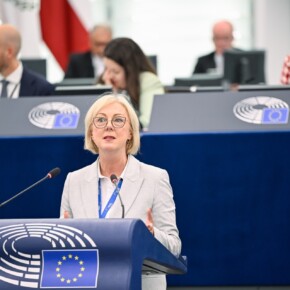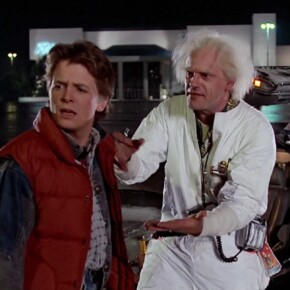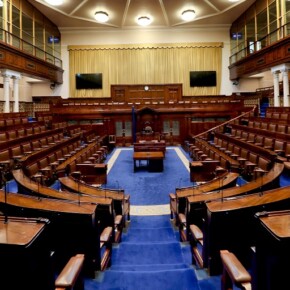Mixed reaction to city centre traffic plan
Mike Finnerty 14 Feb 2024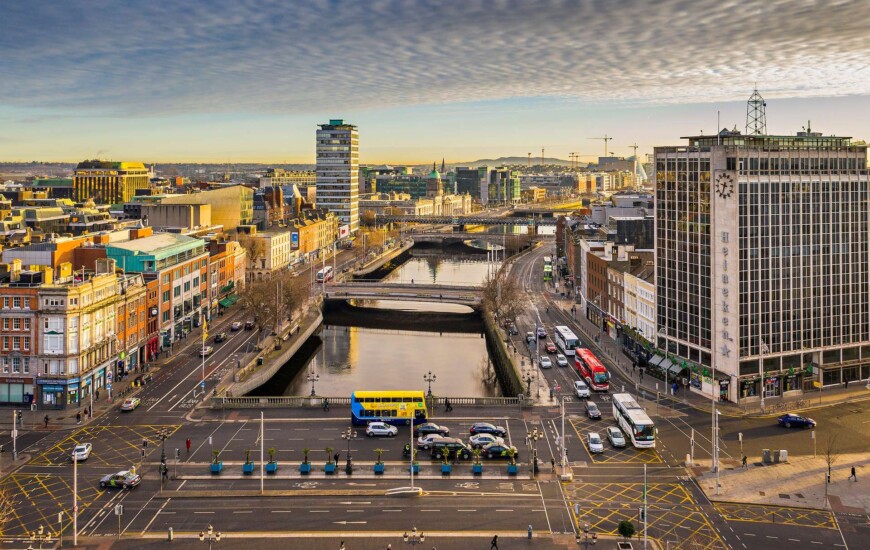
Plans to restrict traffic through Dublin City Centre have been met with a mixed reaction.
From August, there will be restrictions on cars driving through certain areas of Dublin city centre.
Announced by Dublin City Council last week, places like College Green and Parliament Street will become fully pedestrianised.
Bachelors Walk and Aston Quay will only become accessible to buses, taxis, cyclists and pedestrians on the Northern side of the Liffey.
On the south side of the Liffey on the quays, the Council said there was potential for a boardwalk to be installed.
Under the outlined plans, a section of Pearse Street will become two-way at Westland Row and Sandwith Street.
It is estimated that these plans would reduce traffic in the city centre by up to 60%.
The plans, as part of Dublin City Council’s 2022-2028 Development Plan have found a champion in the form of Minister for Transport Éamon Ryan.
“Now we need to actually deliver real big effective change. A lot of the work in the last three years was design work, getting things ready – now we build,” Ryan said.
He said that people are going to see a “transformation” and expects the changes to be in place by August.
He added that the proposed plans are “going to make a huge change in Dublin.”
Ryan said it was “ridiculous” it has taken so long and bemoaned the planning process, saying that Dublin has fallen behind the likes of London and Paris when it comes to tackling overhauling their transport systems.
Brendan O’Brien, head of technical services with Dublin City Council Brendan O’Brien said the plan focuses on the quays and Pearse Street areas, O’Connell Street in a bid to reduce the amount of traffic in the city centre area”.
He said that access would still be allowed for the likes of deliveries and for people to reach various car parks, and stated that the thrust of the plan was designed so drivers didn’t need to drive through the city centre.
Reaction to the move has been decidedly mixed.
Duncan Smith, Labour’s transport spokesperson, said “our city centre has been bogged down by an incessant stream of through-traffic, with Dublin ranking as the second most congested city in Europe; the plan is a long-awaited and small step in the right direction.”
While calling the plans “progressive,” Smith stressed that any change in traffic flow must be in conjunction with improved public transport.
He stated that BusLinks and Metrolink plans must be advanced in order for Dublin to take full advantage of the plans.
Veteran Dublin City Council member Nial Ring told RTÉ that the impact the move would have on local businesses was not taken into account.
The independent Councillor said that the plan represents “a lack of joined-up thinking”.
He stated it is not realistic” to have people cycling and walking around Dublin city centre when people use cars to travel to school, work and medical appointments.
“We are putting the cart literally before the horse in terms of transport problems,” he said.
Business lobby group Dublin Town said the plan was “radical” and did not address “genuine concerns.”
Dublin Town CEO Richard Guiney said that businesses are “very worried” about access, deliveries, waste collection and potential anti-social behaviour in areas with little or no vehicular traffic.
Consisting of 2,500 members, Guiney said that the businesses that make up Dublin Town said that Dublin would become “less accessible” and lose custom if the plan is fully implemented.
“This would lead to increased vehicle movements and increases in transport-related emissions, contrary to its objectives,” the group said.
Guiney said “moving traffic out of the city centre will prove pointless if it is merely relocated to suburban retail parks and shopping centres with limited public transport.”
“Market research commissioned by Dublin Town on the plan shows there is the potential to lose a proportion of City shoppers who will instead use suburban retail parks and out of town shopping centres, and will most likely drive there.”
Guiney claimed that under the new plans, emissions would increase.
He asserted that there must be more public engagement with regards to the plan, and that “addressing climate change requires significant lifestyle alteration.”
“People must understand what is being done and why they are being asked to support it,” he stated.
He called for a campaign to be launched that would encourage people to use sustainable transport.
“To avoid anti-social behaviour in new plazas and pedestrianised areas, we must see activations take place and the public realms must be enhanced,” he said.
Southside Green Party Councillor Michael Pidgeon said “Dublin’s core city centre has been snarled up in traffic for as long as I can remember.
“The city council finally have a real plan to end that, and I’m backing it 100%.
He took to Twitter to dismiss what he called “fearmongering” surrounding the plan, posting a diagram of what the proposed new traffic plans would look like.
Under the plans, he stated they are “mostly small changes with big, positive payoffs.”
Responding to a post by a fellow Twitter user about the reliability of buses, Pidgeon said that buses are often late because they are stuck in traffic; by giving buses priority in the new transport plan, he said that buses would become more frequent and reliable.


